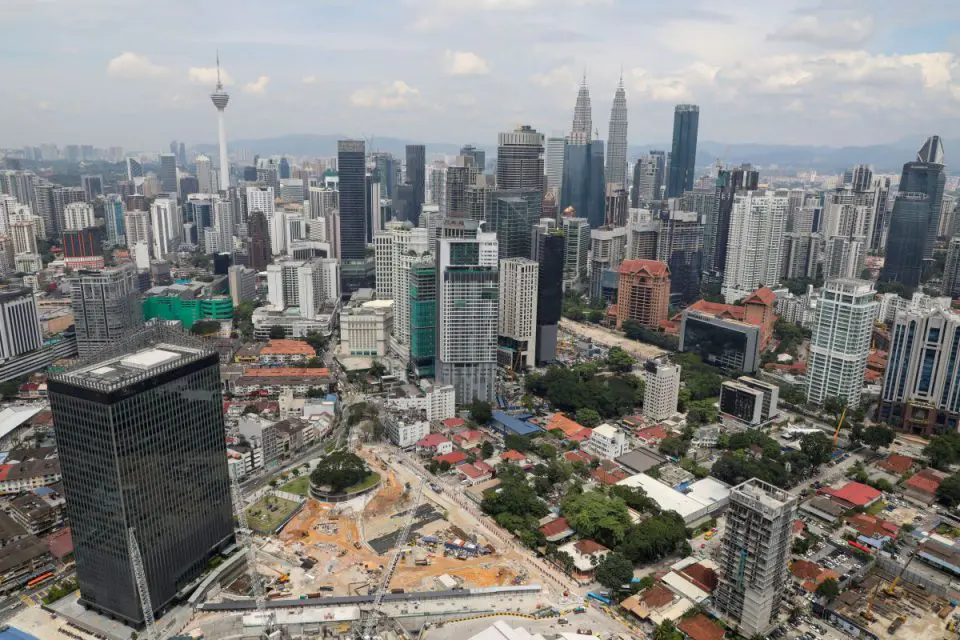KUALA LUMPUR, July 11 — Malaysia’s economic growth is projected to hit 4.2 per cent in 2023, an expected moderation after registering a strong growth of 8.7 per cent last year, said the Asean+3 Macroeconomic Research Office (AMRO).
The forecast would indicate the country’s growth potential at a more sustainable level, despite expanding at a slower pace, said AMRO’s chief economist Hoe Ee Khor in a virtual media briefing today.
“Malaysia is a major manufacturing exporter and is now facing headwinds from the weakening demand in Europe and the United States (US).
“Although the manufacturing exports are not doing as well, domestic spending, fortunately, is holding up well to support growth.
“So, for the whole year we project the country’s growth (to stand) at 4.2 per cent and to improve to 5.2 per cent next year,” he said.
In terms of inflation, Hoe said Malaysia has done very well (to control) inflation which had gone down to 2.8 per cent in May from 3.3 per cent in April 2023.
Although core inflation is still higher, he expects the overall inflation to decline further to 2.6 per cent next year.
“So, inflation probably remains above the long-term trend (versus) the average inflation over the years which (stands at) around 2.5 per cent.
“Our view is that monetary policy should remain on hold (and) we think that there is no reason to ease monetary policy at this point in time.
“They should just continue to hold or increase a bit more, if necessary, to make sure the inflation does come down to its target,” Hoe said.
Commenting on the ringgit, he said the weakening of the ringgit is in line with other currencies as well, and the main reason was due to the strengthening of the US dollar.
“Of course within the basket of regional currencies, the ringgit is probably weakened a bit more than the others.
“This also reflects the fact that exports are not doing well and the commodity prices have also come off their peak, resulting in a narrowing trade surplus.
“As such, there are good reasons for the slight weakness of the ringgit, but if we compare the ringgit with the other currencies in the region, it is not as big as it would appear relative to the US dollar,” Hoe said.
Another reason for the weaker ringgit is Malaysia‘s interest rates, which are quite low as against the US interest rates.
He noted the US Federal Reserve’s (Fed) anticipated decision to keep monetary policy high until inflation is down to the two per cent target would keep the greenback strong.
“With inflation remaining above target, the Fed would likely increase the interest rate by another 25 basis points (bps) or even 50 bps.
“(Further rate hikes) could also cause the economy to deteriorate more sharply and trigger recession in the US, (posing) a major risk to the global economy,” Hoe said.
The ringgit weakness is mostly driven by market forces, reflecting the interest rate spread, as well as the weakness in the external sector.
“For now, we do not see the need to come out with measures to try to strengthen the ringgit.
“Judicious intervention may be necessary to smoothen the volatility, but apart from that, it (may not be) necessary for policymakers to intervene to move the exchange rate one way or the other,” he said.
There is also no reason for a full big stimulus package from the government to boost the economy further.
“Looking at the data, the tourists arriving from China have not fully recovered to the pre-pandemic levels yet (and) as such there is still a lot of room to grow the services sector,” Hoe added.
— Bernama





